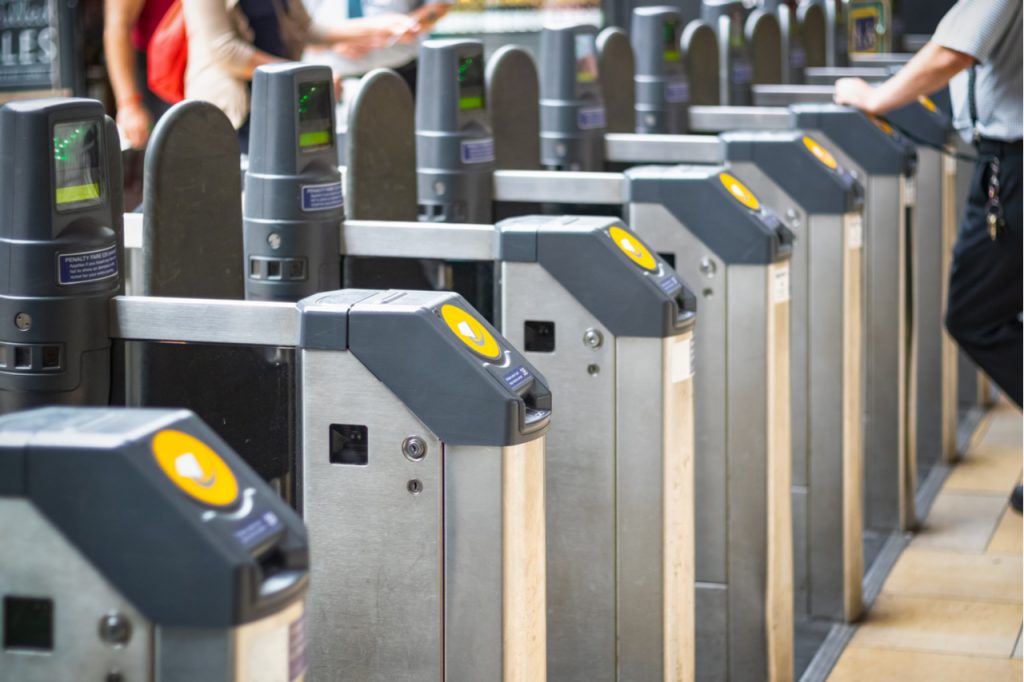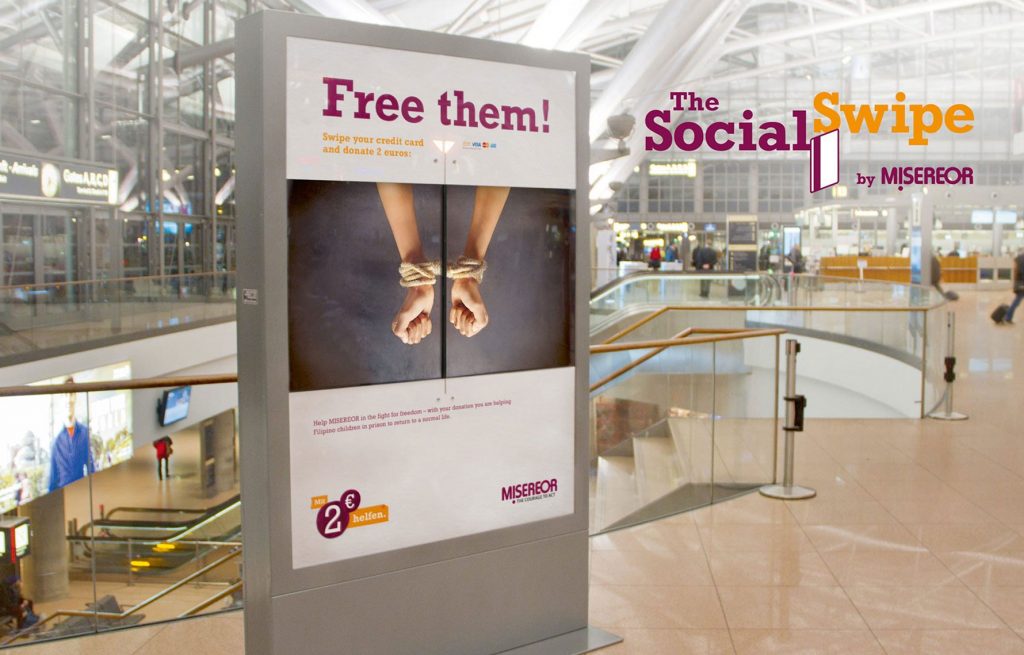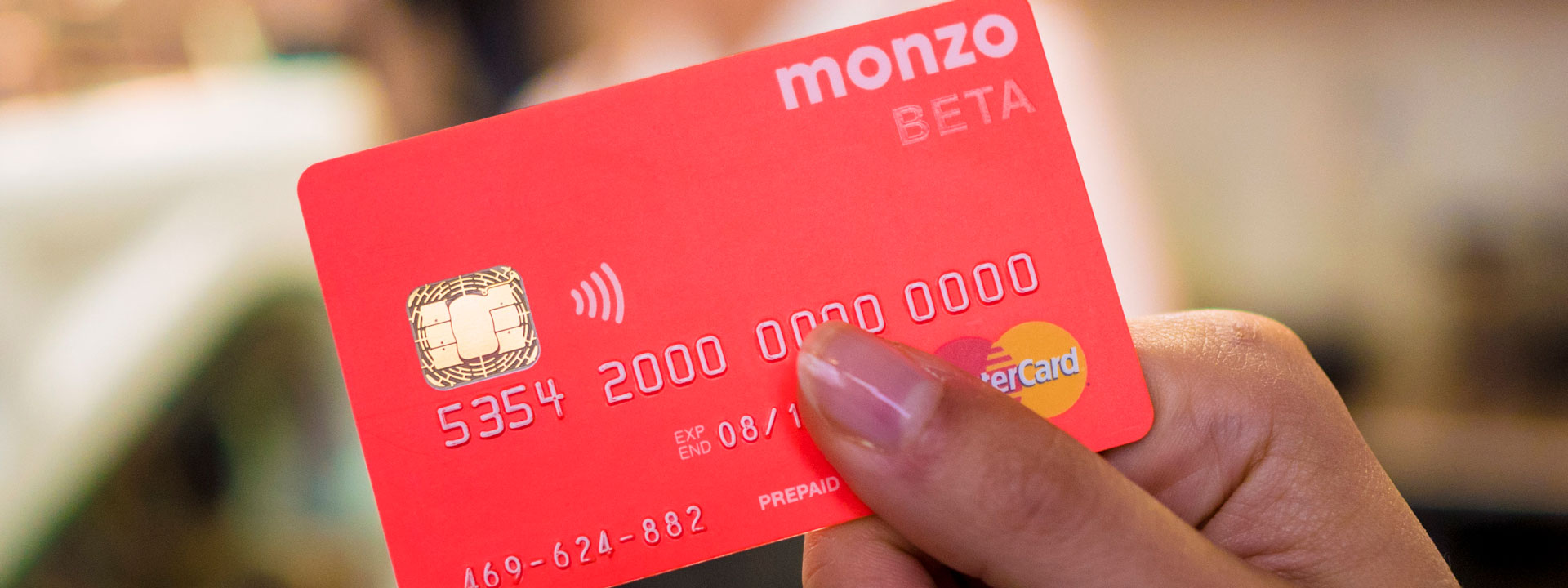Fashionable money for conspicuous consumption.
For a short time in 2017, money succeeded in being talked about with glossy coloured bank cards brandished by self-righteous penny-pinched-20-somethings, extolling its virtues whilst gloating about how they circumnavigated the 10,000 deep ill-advised. Never have those in their early 20s been so passionately fired up by the ability to collate their spending into categories of their own choosing, from your frappuccino allowance to saving for that holiday in Lisbon – helping those who knew they were terrible with money to know it more pointedly than before. For the astute traveller and urbanite, Monzo was a pink veneer on a pocket spreadsheet – and for that reason I didn’t want one. But Monzo has succeeded in being noticed, and its eye-catching colour palette has made sure that every spend is recognised not only by you but those around you too.
Rise of intentionless spending is no good for brands.
But the occurrence of Monzo seems to signal more than a need to give tangibility and attract attention in a now largely low-interest category. Changes in behaviours around money, spending and saving, have made us all aware of how disconnected with the act of exchanging value from one party to another we are, with Monzo being both part of that problem and a solution. Spending is made easy, but purchases which seemed inconsequential at the time succeed in becoming top of mind later. When Monzo was launched, it gave us the ability to break down and categorise our spending in a user-friendly way, helping us track purchases and reconnect us with how we actually spent our money. Indeed, 59% of British consumers say that a lack of physical cash has led them to spend more. But whilst we might be spending more without realising it, this is dangerous for brands who want to be remembered and to survive long term – impulse purchases do not always translate into long-term growth.
This need to get back to some kind of tangible exchange is conspicuous at farmers/food markets which have proliferated in London villages and beyond. Part of their allure among the metropolitan audience is perhaps a renewed opportunity to meet vendors face to face, and often the experience of paying in cash facilitates a lengthier human exchange.

Spending behaviours still vary drastically by region.
But cash is not a blast from the past for everyone, it’s the present. The intense regionality of behaviour is brought into relief when leaving the urban bubbles which most marketers and ad people occupy. Whilst 63% of US 22-37 year olds ‘hardly ever use cash’; leaving my once home of Camberwell without it was ill advised. At least half of the local pubs, cafes and restaurants in the area still operate on a no card basis, whilst innovations such as the Bristol and Brixton Pounds launched in 2012 and 2009 show an implicit desire to reconnect with cash and monitor its movement in a context of contactless payments and loss of community identity. I zap myself onto the tube with my Barclays bpay wristband, but I’d struggle to find a use for it in North Norfolk where I’ve often been denied entry to public buses due to lack of correct change.
But besides bringing us back to tangibility, what Monzo and other financial platforms like Nutmeg, Acorn signify to me that digital natives are not only plugged into tech but also into managing their finances. These people took a slice of bitcoin when it first emerged, signed up to cryptocurrency trading apps and extend conventional earnings by doing shifts on Deliveroo, putting their pets up for rent or tutoring online, running shops through Schpock or flipping second-hand clothes through Depop or Wavey Garms. These are they who have made money through the influencer phenomenon, youtube channels, Skype tutoring and suggest that youth culture is in fact financially canny. The fanny pack is fashion’s latest financial folly, elevating the pragmatic wallet to a style component worn conspicuously across the body. What better item to keep close track of loose change and immediate spending?

But how could brands make spending more meaningful?
The number of ‘intentionless’ spends we undertake should be more of a worry for brands who seek to create a greater more meaningful relationship with consumers. New Real Design’s concept for tangible digital cash, Scrip, creates a micro-ceremony around the digital transaction, turning off our financial autopilot by making us scroll our thumbs across the device, as if to be counting out the notes. As a result, purchases are charged with the consequential emotions of spending and giving, which in turn makes the event more memorable and significant. Similarly a recent campaign by charity Misereor involved a swipeable billboard, turning the transaction into a moment of intention worth remembering and adding an experiential value to giving. Consumers are invited to swipe along the digital billboard, donating two euros to the charity whilst bringing the cause to life in video form.

What does this mean for launches?
When launching a new product or service, marketers might do well to think widely about the moment of transaction as an opportunity for consumers to experience your new brand or product. The transaction itself is a threshold and has the potential to carry it’s own message beyond the usual seamless and frictionless process. Like the difference between unscrewing a cheap bottle of wine or prising open the waxed seal of Sipsmith, the transaction is a liminal moment of ceremony which could set your brand apart and add value at the point of sale. As well as all the other 2018 trends that you need to think about such as voice search, the possibility of new products and services owning the moment of transaction presents a unique opportunity for launches to cut through the world of modern fast living in a noticeably different way and can be even incorporated into the launch marketing campaign as well.
References
- https://www.weekday.com/en_gbp/men/categories/new-arrivals/product.ray-madras-shirt-turquoise.0590882004.html
- https://www.weekday.com/en_gbp/men/categories/new-arrivals/_jcr_content/subdepartmentPar/productlisting.products/product.skyway-island-shirt-pink.0629422001.html
- https://www.standard.co.uk/tech/monzo-prepaid-card-current-accounts-challenger-bank-a3805761.html
- https://bristolpound.org/
- http://brixtonpound.org/showmemoney
- https://newdealdesign.com/work/script
Image Credits
- https://community.monzo.com/t/badges-for-alpha-beta-and-investors/8223
- https://www.coloribus.com/adsarchive/outdoor-ambient/bischoefliches-hilfswerk-misereor-the-social-swipe-19455705/
- Shutterbox

By Constance Meath-Baker
Strategy Planner, UK

